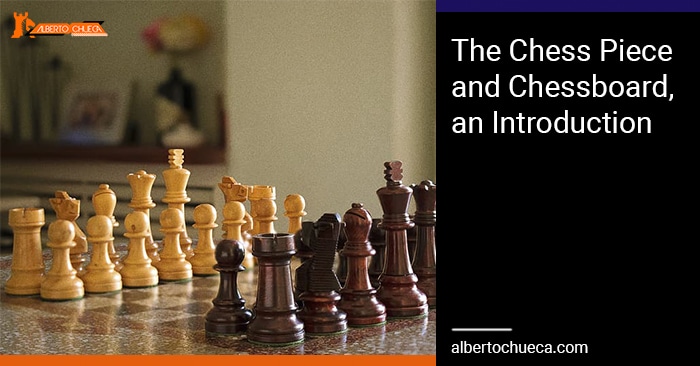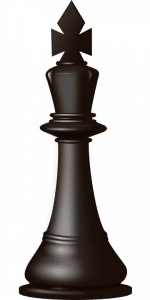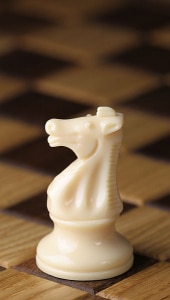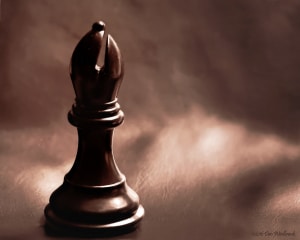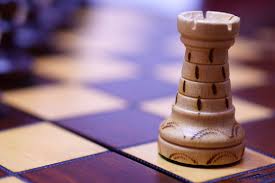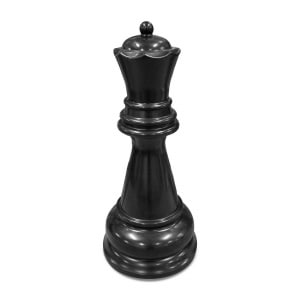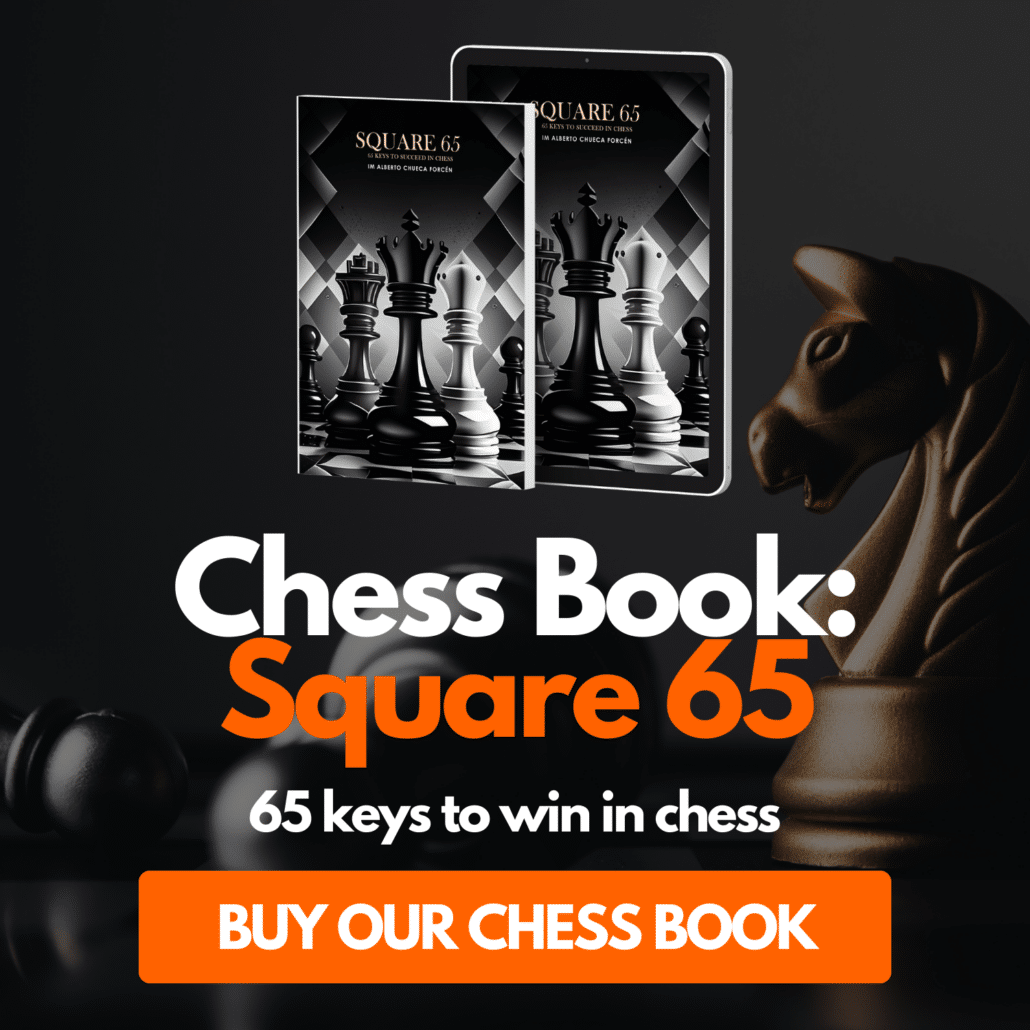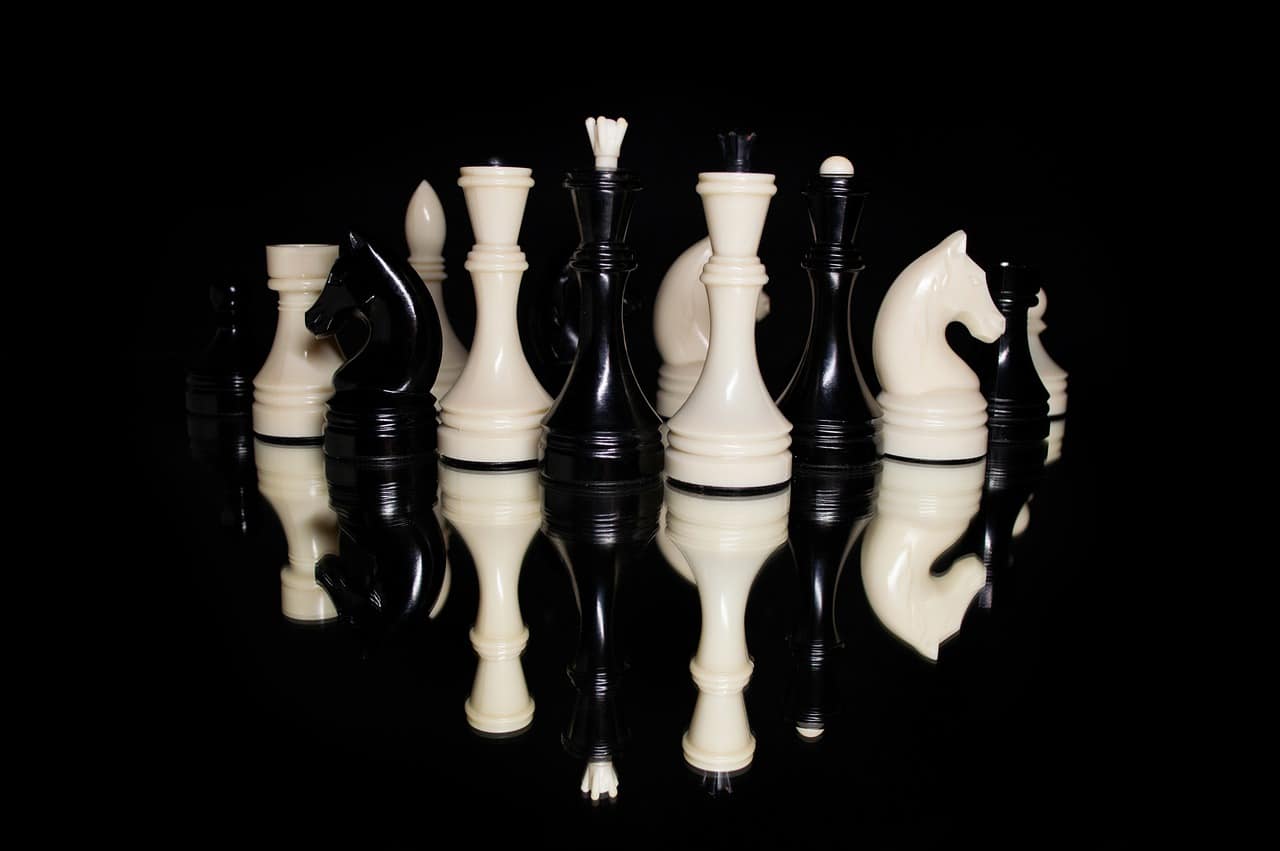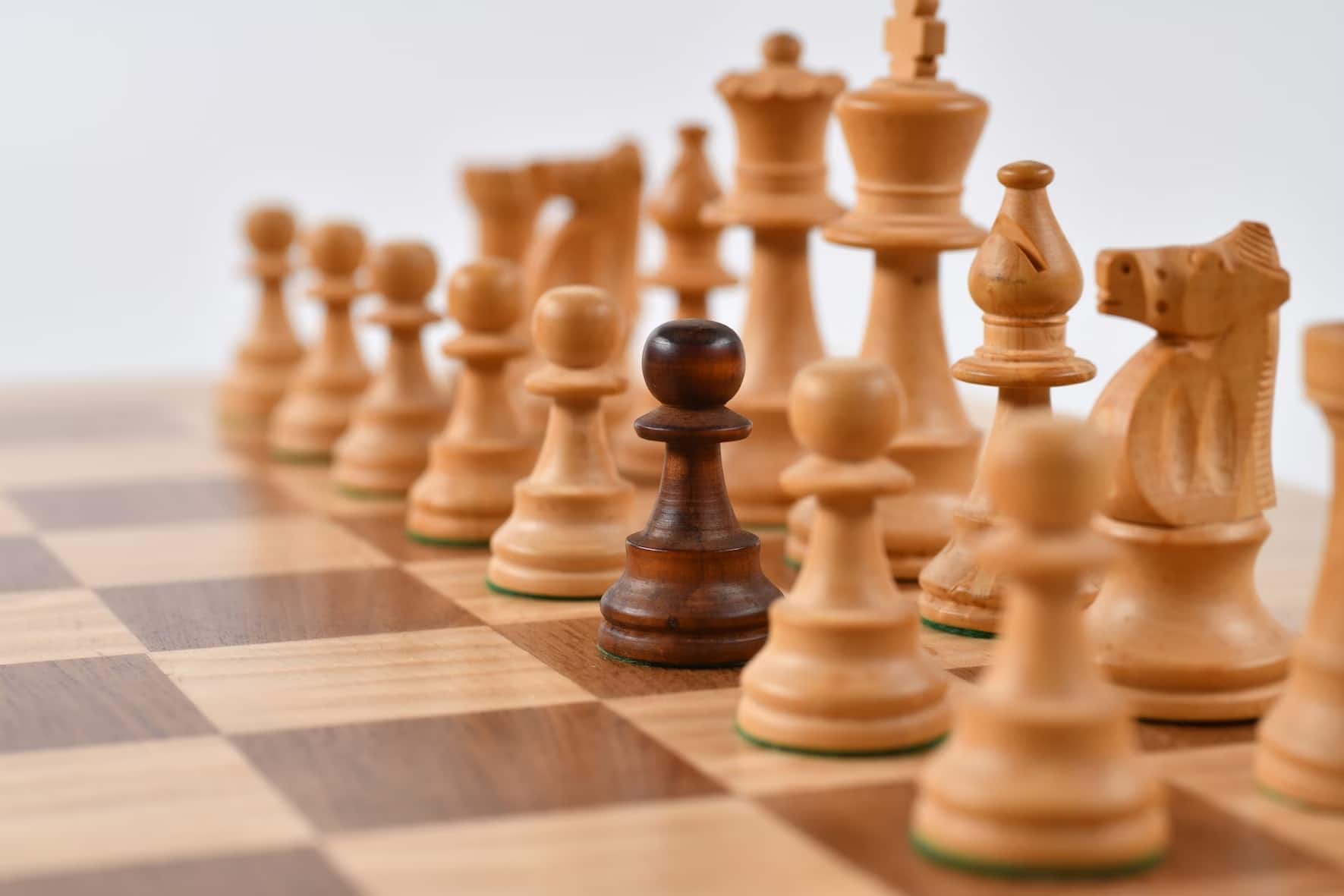Table of Contents
The chessboard and the pieces
Chess is such an aesthetic game, we cannot say it enough. It's very unique in how you strategize, the number of possible games that can be played, and that at every level, there is something new that can be learned. As you may know, the battle is fought on a battlefield, called the chessboard, and is fought with cavalry, called the “chess pieces“.
I want to introduce you today to the pieces, the names of the pieces, looks, and how the chess pieces move, so you can correctly identify the pieces and start a game.
The Chess Battlefield – The Chessboard
The game of chess is fought on the battlefield known as the chessboard. The definition is self-explanatory, it's the board the chess piece move and play on.
As you see, the chessboard is a perfect square. If you remember from geometry class, a perfect square has four equal sides or edges.
It's an 8×8 board, with a total of 64 squares. 32 of the squares are shaded a dark color, also known as “dark squares”, and the 32 others are “light shaded”, also known as “light squares.
How to set the chessboard up? First, note that there should always be a light square on the lower right corner of the board.
If there is a dark square on that side, you have the board set up wrong!
We will learn more about the chess piece names and how the chess pieces move going forward, though you place the Rooks on the corner, two white Rooks, and two black Rooks, place the Knights next to those, Bishops next to the Knights, then the Queen ends up on the same color square as herself (a white Queen starts on a light square, a black Queen starts on a dark square).
Finally, you place your pawns right in front of your other pieces. Here is what the chessboard looks like set up with the chess pieces.
And there we go! We have completed setting up the chess pieces having them placed appropriately.
We will more about the chess piece names in the future. The pieces placed accordingly. However, you might also ask, what are those weird letters and numbers by the side of the chessboard?
Notation – The Chess Language
If you simply look at the chessboard above, the columns that go up and down, are called files and are categorized a, b, c, d, e, f, g, and h.
The rows that go sideways are ranks, categorized 1, 2, 3, 4, 5, 6, 7, and 8. When you identify a square, you start with the letter column, then the number row. Look at the example below:
Which square is highlighted? If we start with which letter it falls under, we see it's on the c-file, and we also see it's on the 4th rank, so the square highlighted is c4.
Advanced chess players know that chess notation is very helpful, as that is the method used to identify moves in a chess game. Now we must learn the chess piece names, their identifications, and how the chess pieces move.
The King – The Most Important Chess Piece
The King, as implied in the title given to this piece, is the most important piece on the chessboard, even though he is not the most powerful.
He is generally identified as the tallest figure on the chessboard, most iconically wearing the crown on his head. How does this chess piece move? Despite his authority, the King can only move one space at a time in any direction.
The King, in theory, can go to any one of the highlighted squares. The goal of the game is to checkmate the King. The checkmate is basically to put him under attack to where he cannot go anywhere safely.
The Knight
The Knight, as you see above, simply looks like a horse, however, as the chess piece name indicates, he does not identify as a horse.
That pretty much summarizes the physical characteristics of the chess piece that is the Knight. The Knight moves in what we identify as “L” shapes, They can go one step one direction, then two steps another direction. Or reversed, two steps one direction, one step the next.
If you look at the squares the Knight can go, it either goes 1 then 2, or 2 then 1. It's a unique piece.
The Bishop
The chess Bishop is identified as being a figure, with the hat, also known as the miter, that Bishops wear. Bishops cut across the board in a diagonal fashion.
It's pretty straight forward. Note that because of their functioning, the Bishop can only control one color complex (light squares or dark squares) at a time.
The Rook
The Rook is identified basically like a tower of a castle. The Rooks move in straight lines vertically or horizontally.
The Queen – The Most Powerful Chess Piece
Last, but certainly not least of the pieces, the Queen is the most powerful and potent piece of them all. Do you think the Rook and Bishop are strong pieces individually? Think twice.
The Queen has the simply combined powers of a Rook and a Bishop! That's right.
She can move in a straight line, or swoop down a diagonal to her heart's content. The Queen is so valuable, that is why you hear kids cry and adults punch their fists in the air when they lose their Queen or nothing.
As we see in the position above, the Queen can function like a Rook (highlighted by the red squares), and a Bishop (highlighted by the yellow squares). A very powerful piece indeed!
Unique Chess Rules with the Pawns
We have now mentioned how the chess pieces move, and the chess piece names, however, there are a few unique rules that break the stereotype and can confuse beginners. The first rule is the promotion.
When the pawn reaches the end of the chessboard, it has the option to turn into a Queen, Rook, Bishop, or Knight. 99% of cases, players chose the Queen.
The pawn is one square away from the 8th rank and will become a Queen soon.
The second unique rule is en passant.
En Passant is a complicated rule, though the rule is if an enemy pawn moves two spaces, and lands right next to your pawn, only on your first chance, you have the option to capture the pawn in a diagonal manner.
The black pawn just moved from g7 to g5. Only on the first turn, White can capture the black pawn diagonally.
Castling
The last rule we need to mention before we officially know how every single chess piece moves is castling.
Once space is cleared between the King and either Rook, you move the King two spaces towards the Rook and flip the Rook over.
As we can see, the King can move to g1 or c1. If the King goes to g1, the Rook goes to f1. If the King goes to c1, the Rook lands on d1. There are a few stipulations when it comes to casting:
- At the time you wish to castle, your Rook and King can not have moved
- You cannot castle in a situation where your King can be in danger. You cannot castle into check, you cannot castle through a check, and you cannot castle while you are in check.
Now you are prepared to play your first chess game! You know the chessboard, how the chess piece moves, and the chess piece names!
The rules may be confusing at first, though once you play many games, you will get used to the rules, and the game will be super fun!

